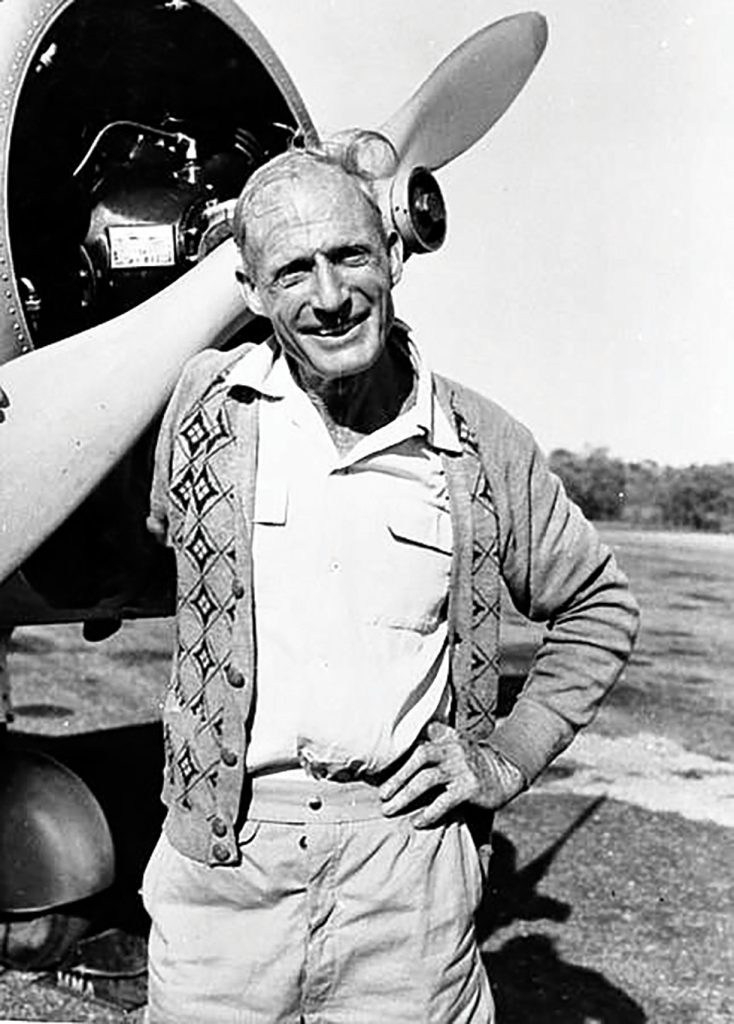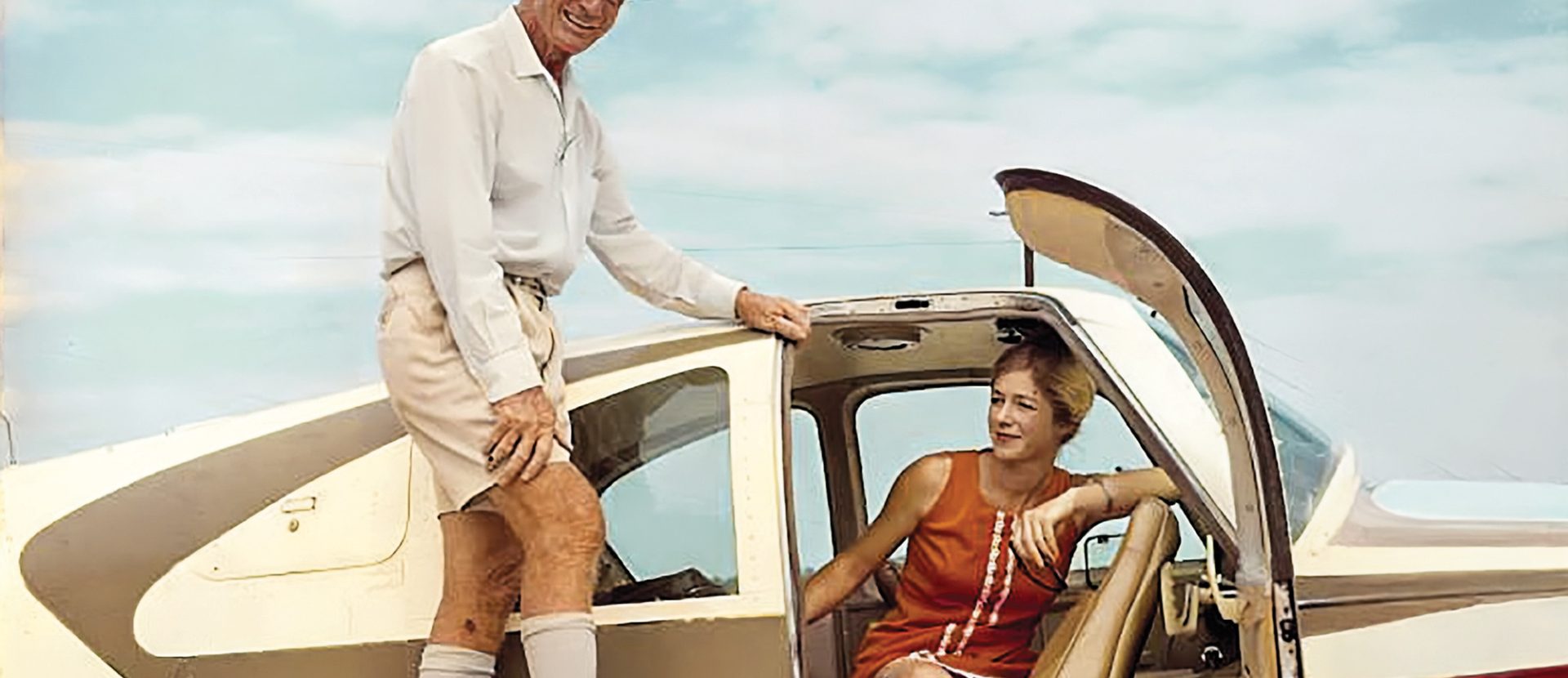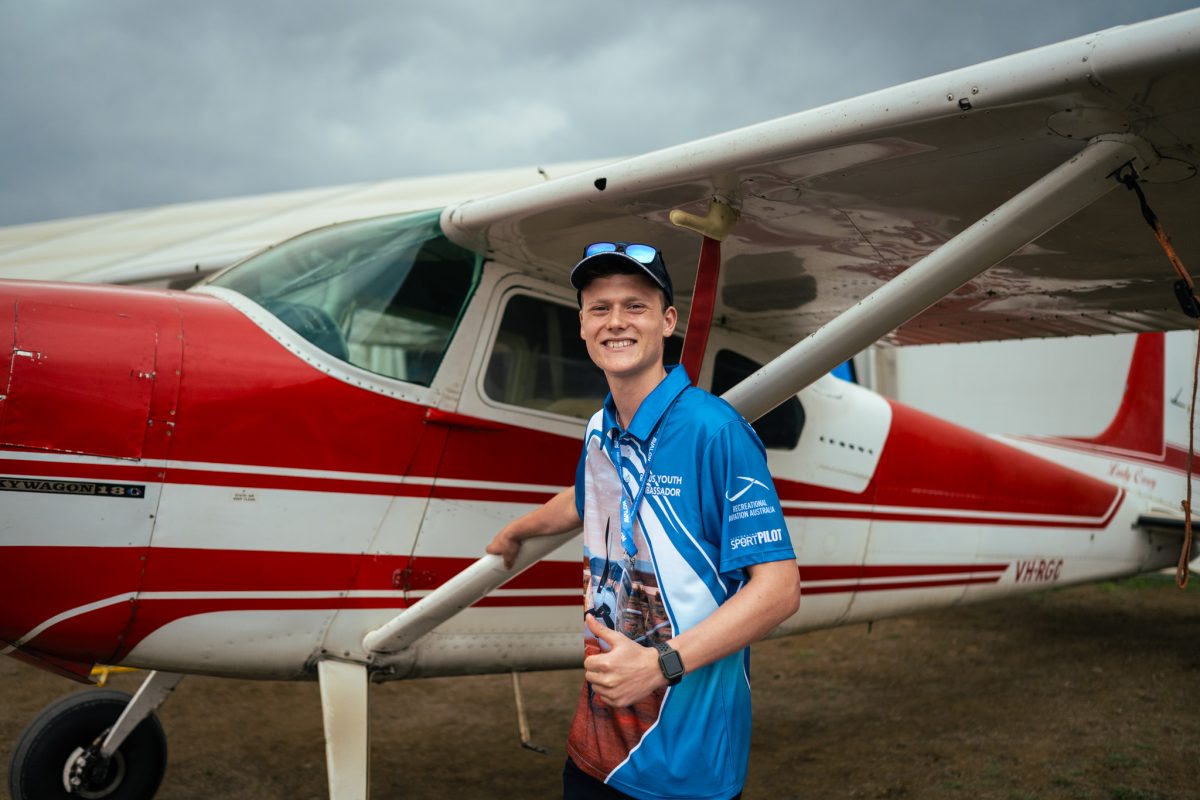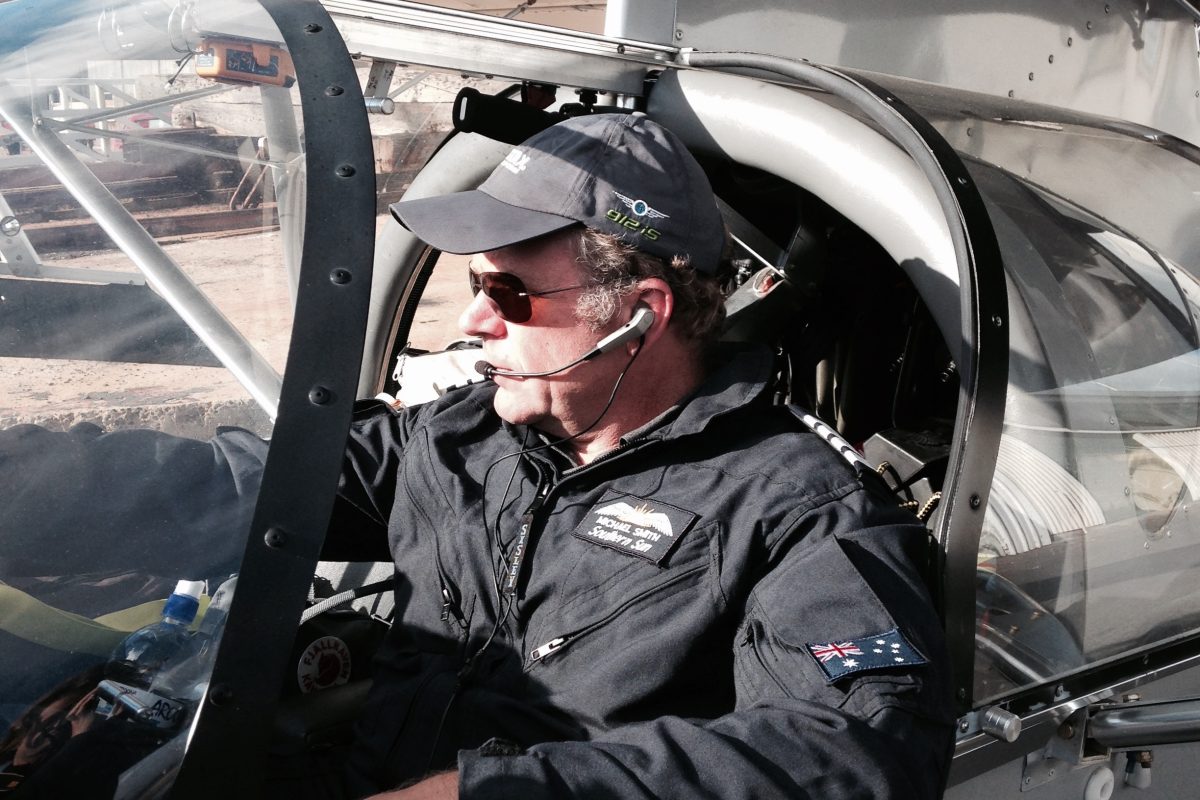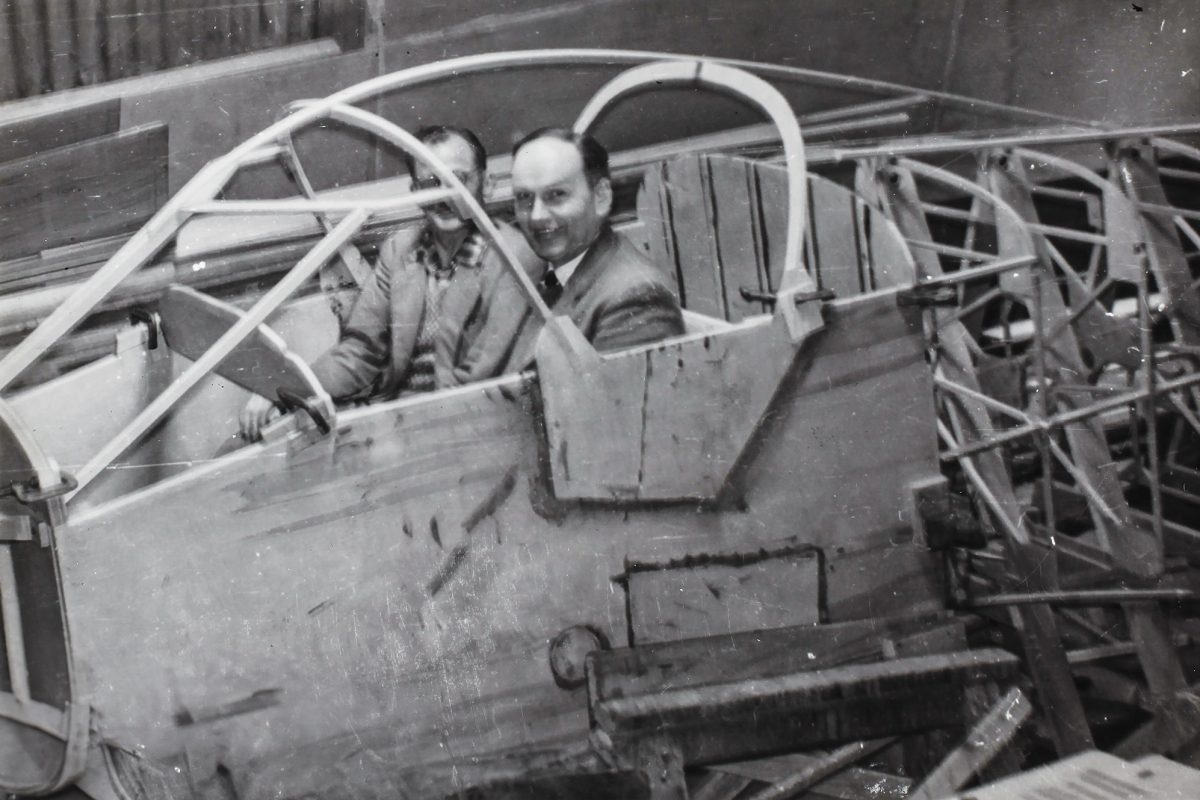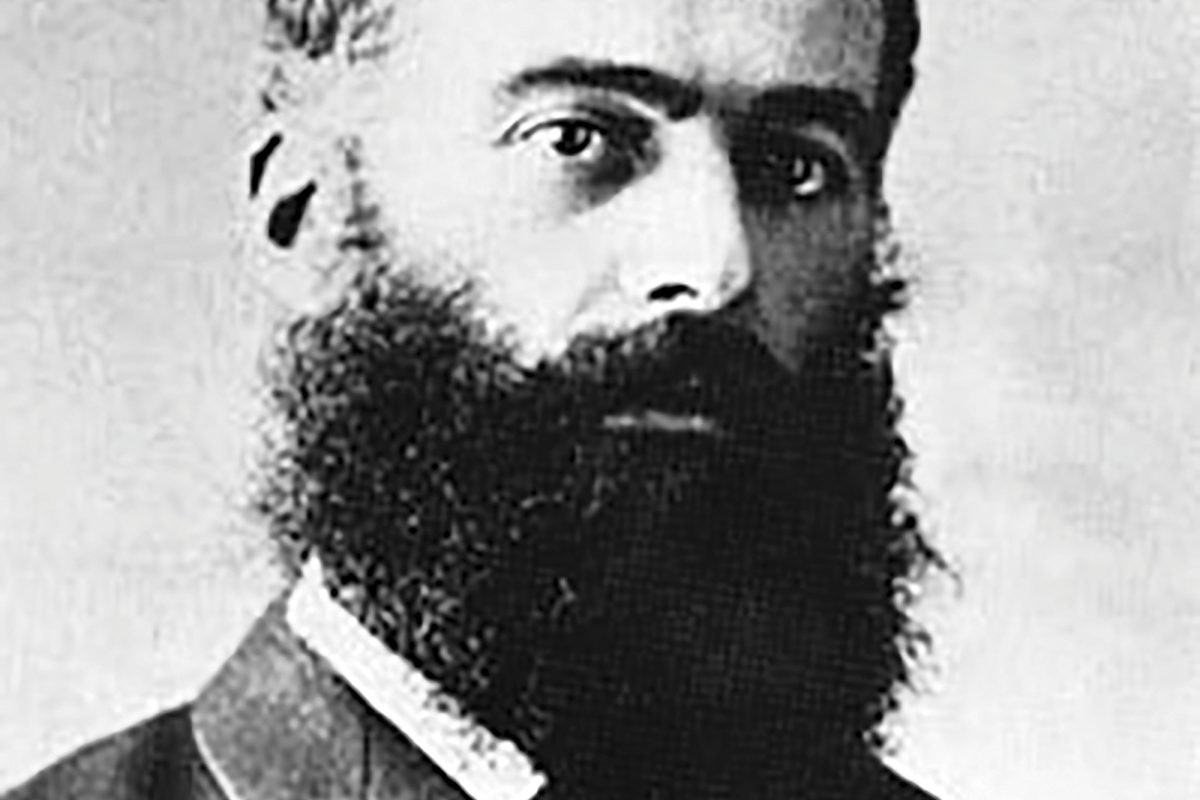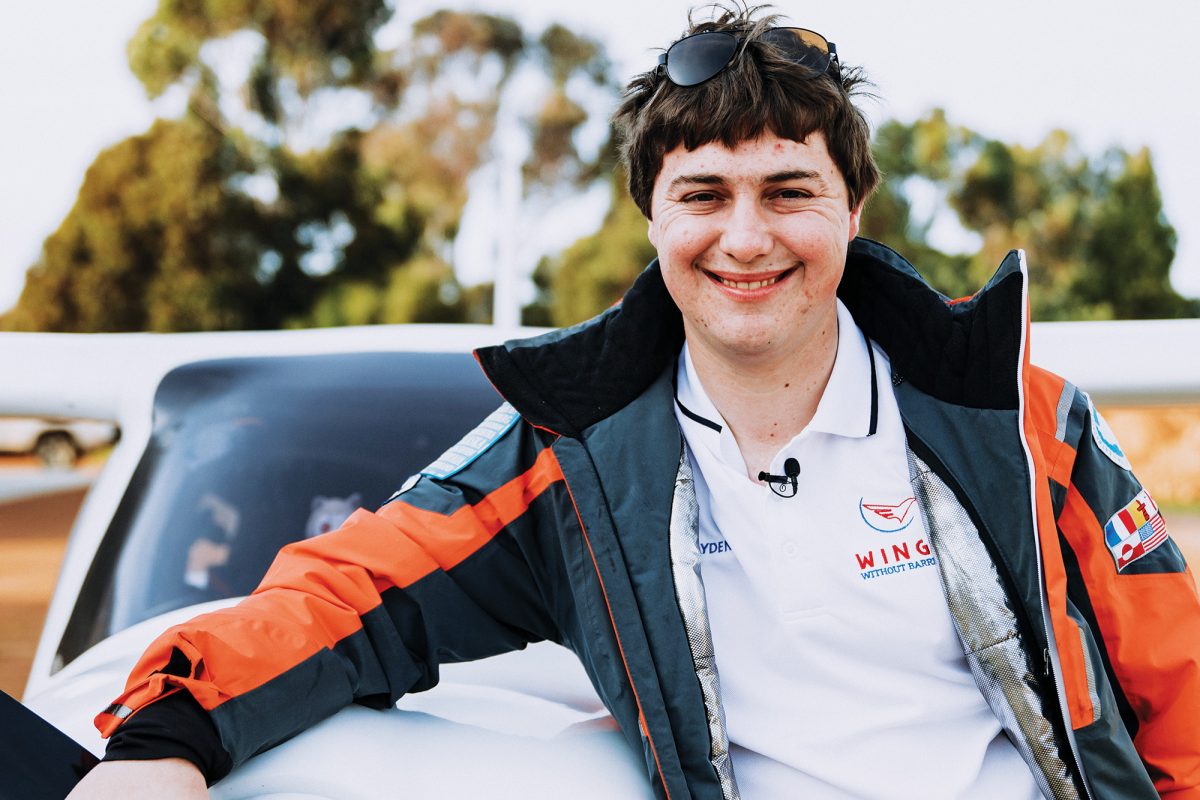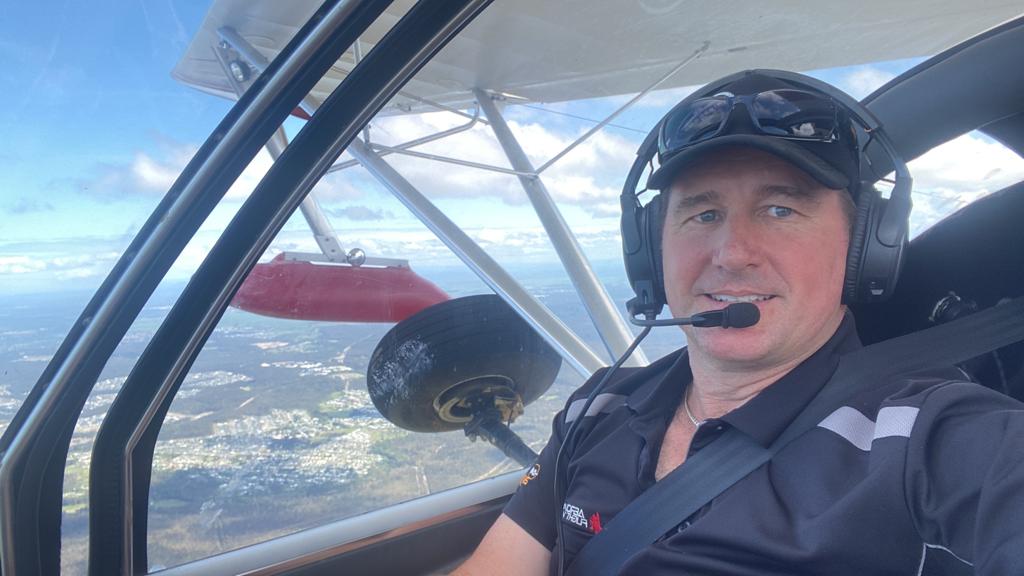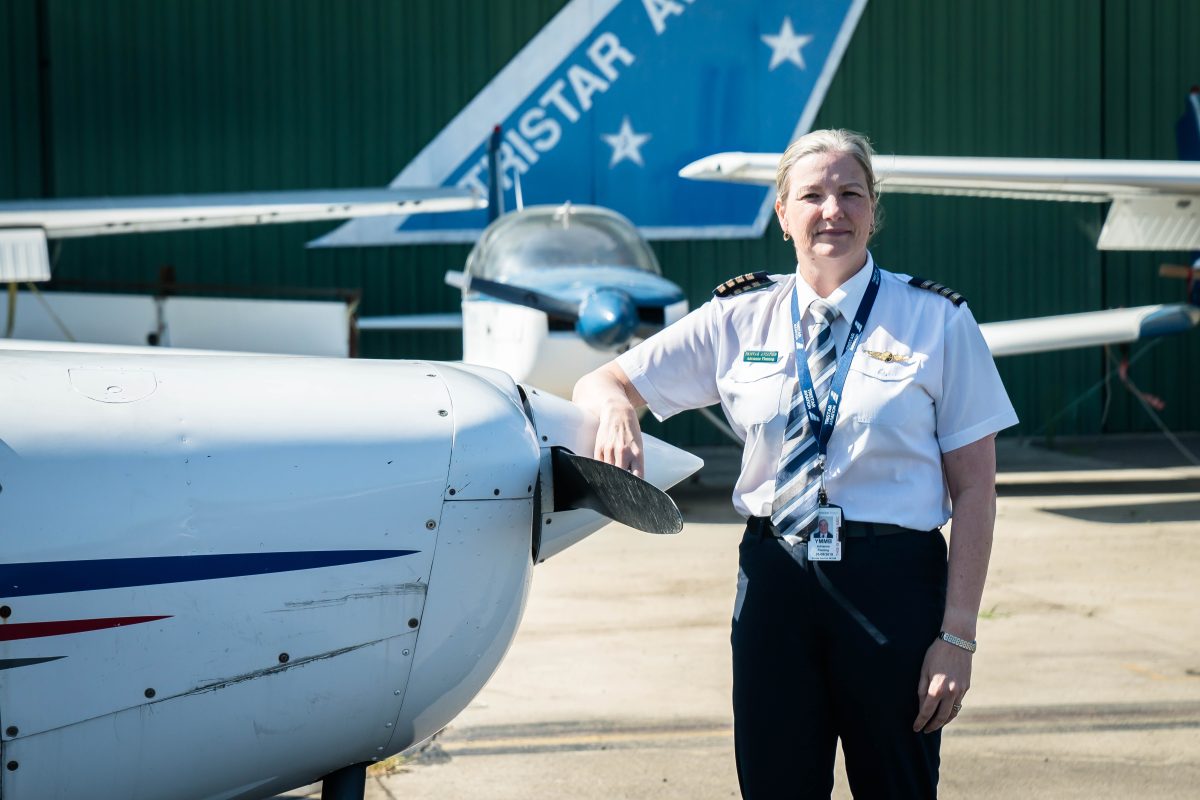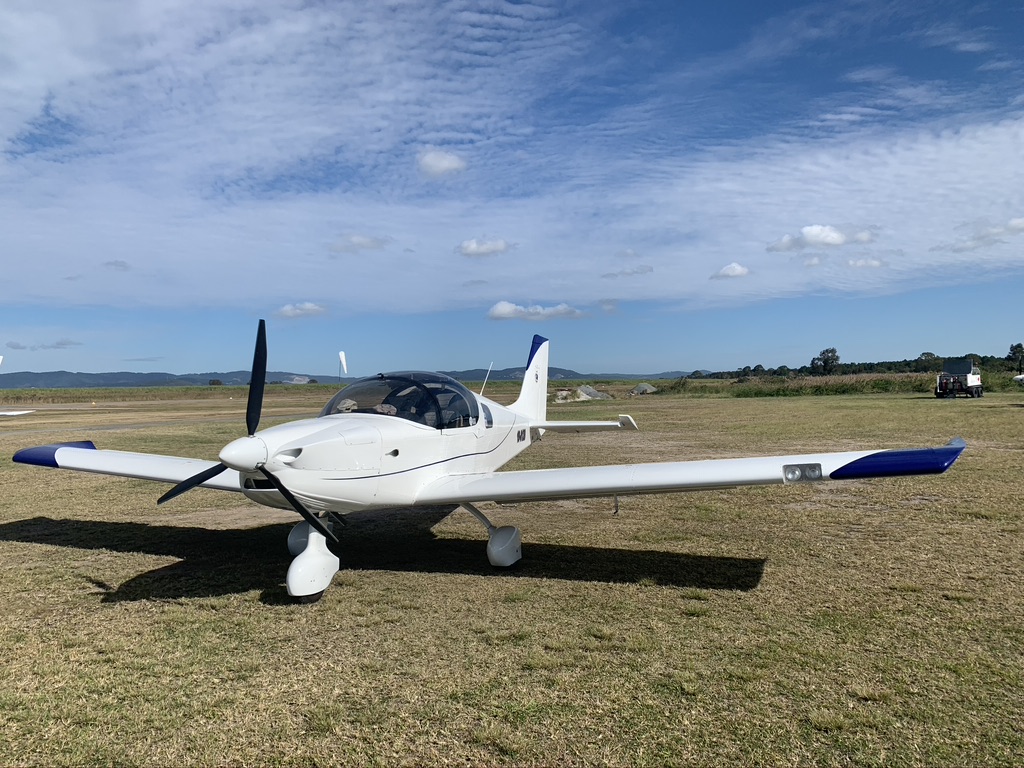THE EXTRAORDINARY LIFE OF A FOUNDING FATHER OF AUSTRALIAN AVIATION
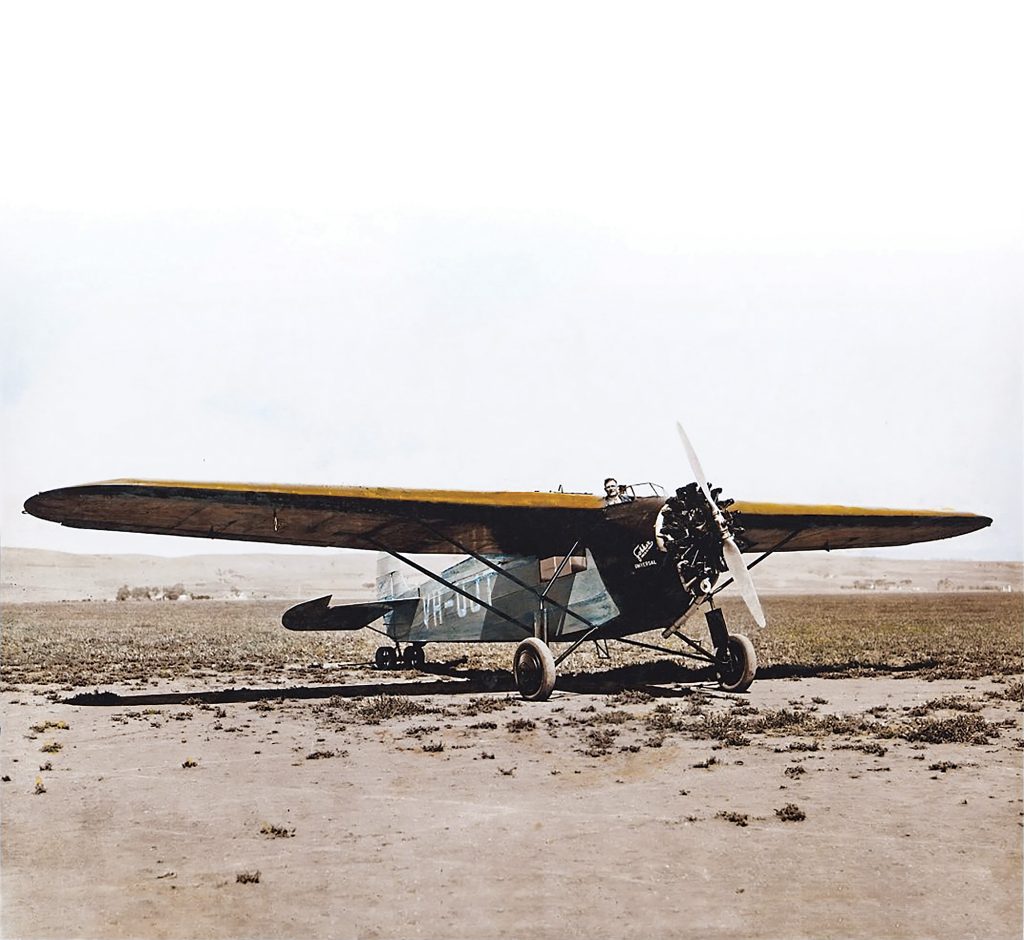
Looking at his résumé, you’d be hard-pressed to think of a job Horace Clive “Horrie” Miller didn’t do within the scope of aviation. Pilot, Mechanic, Air Force Officer, Aircraft Designer, Barnstormer and Airline Owner are just a few of the titles you’d find there, cementing Horrie’s position as one of the founding fathers of Australian aviation. His was a life lived to the fullest, with countless twists and turns in his fascinating story.
Born in Creswick, Victoria in 1893, Horrie left school at a young age, working a variety of jobs before landing an apprenticeship at Sunshine Harvester Works in Melbourne. It was here that a passion for aviation bloomed, as Horrie took an interest in building model planes.
With his apprenticeship complete, Horrie took a job at the Tarrant Motor Co., which was to prove extremely consequential for his career. It was here he met “the three Harrys” – Harry Hawker, Harry Kauper and Harry Busteed – who decided to move to England to pursue a career in the burgeoning aviation industry. In 1913, Horrie followed suit and travelled to England, joining his friends at the Sopwith Aviation Company as a mechanic.
At Sopwith, Horrie developed a reputation for being extremely knowledgeable on aerodynamics. His work on the Sopwith Tabloid, which went on to win the 1914 Schneider Trophy, helped to cement Sopwith as a major British aircraft manufacturer in the lead up to World War I.
As the war broke out, Horrie returned to Australia for enlistment in the Central Flying School (CFS). When he arrived, he learned that there was to be a delay before the CFS could begin training, so Horrie spent this time designing and manufacturing his own aircraft, based on a French Gnome engine.
Wartime regulations at the time stipulated that all private aircraft were to be registered with the Department of Defence, and so that’s exactly what Horrie did upon completion of his project. On 8th June 1916, he was issued a certificate from the Department that made him the owner of the first officially-registered civil aircraft in Australia.
By now the CFS had begun training operations, and so Horrie honed his skills as a fighter pilot. Embarking in October 1916 with No 3 (69) Squadron, he flew multiple missions in France across the following year. It was in France that he contracted Spanish Flu, and was sent to South Africa while he recovered. He then returned to Australia, where he spent the remainder of the war testing aircraft at Point Cook, Victoria.
Following the war, Horrie turned his attention toward commercial aviation. He spent time in South Australia with fellow ex-Australian Flying Corps men, providing joy flights and commercial services in an Airco DH.6 biplane. By 1920, he had formed his own company – the Commercial Aviation Co. – with Arthur Kennedy. Together in an Armstong
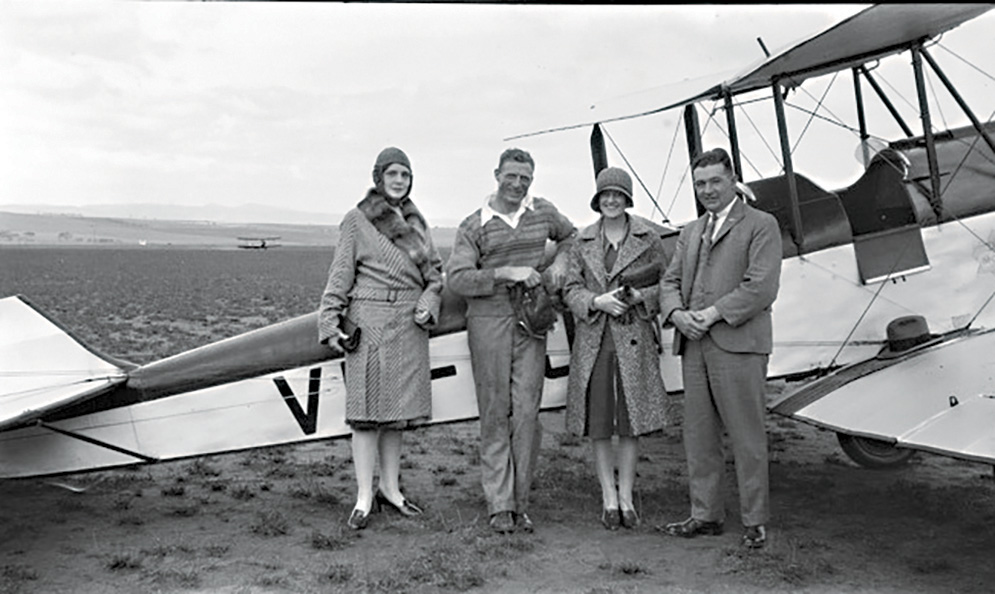
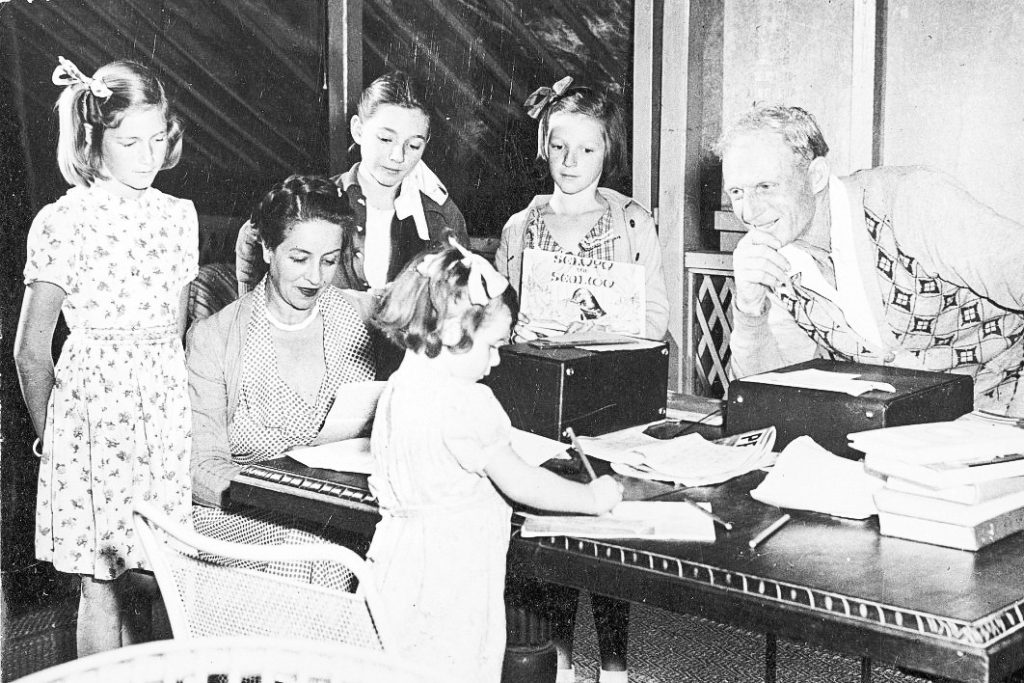
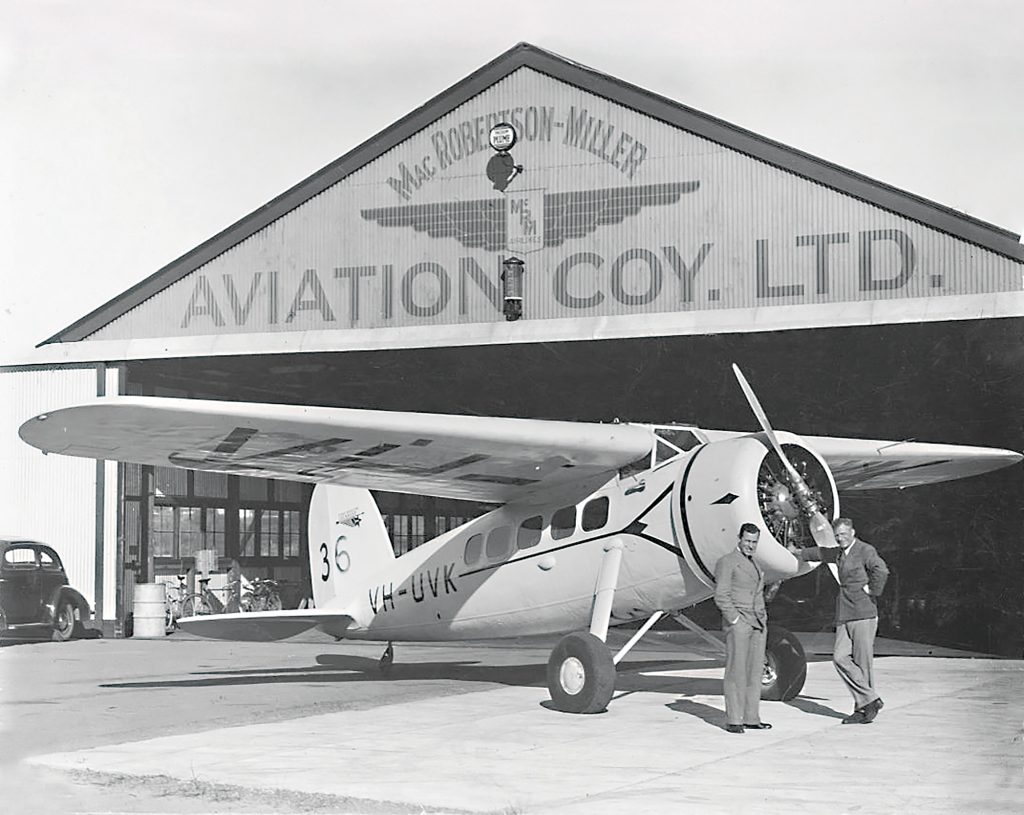
Whitworth F.K.8, the duo barnstormed over much of Australia, performing fascinating aerobatic displays for a population that had barely had any contact with aviation prior to the war.
For the next 8 years, Horrie barnstormed with several companies and aircraft, competing in air races on occasion too. Eventually, he made enough from his escapades to return to Adelaide, with the idea to start an all-encompassing commercial aviation business.
In 1928, with the financial backing of confectionary magnate, Sir Macpherson Roberston, the MacRobertson Miller Aviation Company (MMA) was formed. With a fleet that included an 8-seat DH.61 Giant Moth, a Fokker and an additional two Moths, the company provided air freight, charter, medevac and aerial photography services. Here Horrie held the titles of Managing Director, Chief Pilot and Chief Engineer.
Over the next decade, MMA gradually expanded from its South Australian roots, first to Western Australia in 1934, and then to the Northern Territory in 1939. The growth of his business didn’t demand all of Horrie’s time however, as he was also able to win the Sydney to Perth Centenary Air Race in 1929, the longest air race in the world at the time.
In 1955, MMA merged with Airlines of Western Australia, which saw Horrie move to Broome to take the role of Regional Director. From here the amalgamated airline became a subsidiary of Ansett in 1963, with the Miller family selling their shares. Horrie remained an employee until 1972, when he retired to live in Perth.
Horrie remained a passionate aviator in retirement, flying until he became incapable after a stroke in 1977. He was awarded the Oswald Watt Gold Medal in 1978 for “a most brilliant performance in the air or the most notable contribution to aviation by an Australian or in Australia”. In the same year, he was made an Officer of the Most Excellent Order of the British Empire (OBE).
After a life filled with adventure and excitement, Horrie passed away on 27th September 1980 in Dalkeith, WA. In an era of rapid change, Horrie dedicated his life to following his passions and being at the forefront of progress. His contribution to Australian aviation is immense, but it’s his dedication and commitment to his passion that is truly inspiring for aviators and the general public alike.
